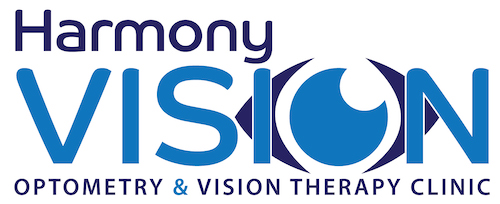Can I Swim in Contact Lenses?
 Contact lenses provide some great lifestyle advantages over glasses. An obvious advantage is being able to participate in activities where glasses are either difficult to use or get in the way. Water sports fits into this category, but water has a higher amount of Acanthamoeba, a pathogen that can cause serious eye infections.
Contact lenses provide some great lifestyle advantages over glasses. An obvious advantage is being able to participate in activities where glasses are either difficult to use or get in the way. Water sports fits into this category, but water has a higher amount of Acanthamoeba, a pathogen that can cause serious eye infections.
According to Contact Lens Spectrum*, in the United States, an estimated up to 90% of serious eye infection cases occur in contact lens wearers. The greatest risk factor for the most serious types of infection, in many studies, is exposure to water through swimming, showering, or using a hot tub while wearing contact lenses.
While the overall risk of getting a contact lens related infection is low, the consequences can be serious, with some infections leading to vision loss or even blindness.
Managing the Risks
1. If In Doubt, Leave Them Out.
A simple addage is “if in doubt, leave them out”. So one way of avoiding the risk is to not wear contact lenses at all while in the water, if you can safely engage water sports or activities without contact lenses. This is the primary recommendation for water activities and contact lens wear.
2. Prescription Goggles.
Prescription goggles are also available to cover a reasonable range of prescriptions. Some ready-made, some customized.
3. Water-tight Goggles with Contacts.
If you are confident that your goggles are water-tight, then this will reduce the water exposure to contact lenses. Lubricating the lens with a sterile artificial tear after water activities would provide an additional safety barrier by flushing the lens. This is best done in combination with one day lenses that are thrown out after the activity is finished.
4. Wear Daily/One Day/Single Use Contacts.
The range of contact lens prescriptions in single use/one day modality is ever increasing, that many people could have a box of lenses close enough to their prescription to be able to wear the lenses while engaged in water activities. The lenses are thrown out once the activity is finished. Goggles are still recommended in addition to one day lenses.
5. Removing and Cleaning Lenses.
This is the least perferred method. If lenses are worn in the water then remove the lens, clean and disinfect with the appropriate multi-purpose solutions. The difficulty is doing this in environments where proper hand and contact lens case hygiene can be followed easily.
Get Advice
These are general guidelines. You need to get advice about your individaul situation directly from your contact lens practitioner to reduce the risk of eye infection while wearing contact lenses.
* – Contact Lens Spectrum, Volume: 30 , Issue: September 2015, page(s): 17
